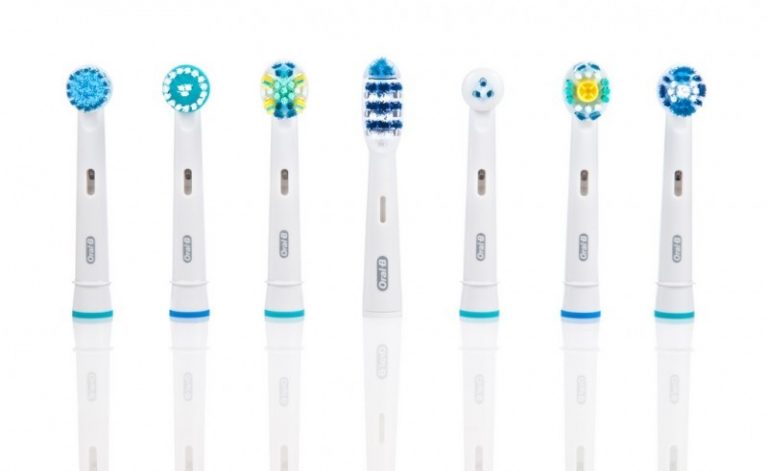
Brushing with an electric toothbrush is more likely to give you cleaner teeth, but it’s no guarantee — especially if you are brushing incorrectly.
Both manual and electric toothbrushes work just fine. However, according to a study outlined in Consumer Reports, “compared with manual toothbrushes, electrics reduced dental plaque 21 percent more and gingivitis (i.e., inflammation of the gums) 11 percent more after three months of use.” Studies show it doesn’t matter which type of electric toothbrush you use or whether the head oscillates or moves side to side.
Electric toothbrushes are also helpful for those with dexterity problems or arthritis, who may find it easier to brush well. Kids may also prefer electric toothbrushes, finding them more fun.
Still, if you’re are using the brush improperly, you won’t get the clean you are seeking, and you may even harm your teeth and gums. Here are four common mistakes people make while using an electric toothbrush:
Sales of manual toothbrushes still far outnumber electric, possibly because of the cost. Regardless of which type of toothbrush you use, it’s easy to fall into some bad habits. Stick to two minutes twice a day and contact us if you have any questions about your oral hygiene.